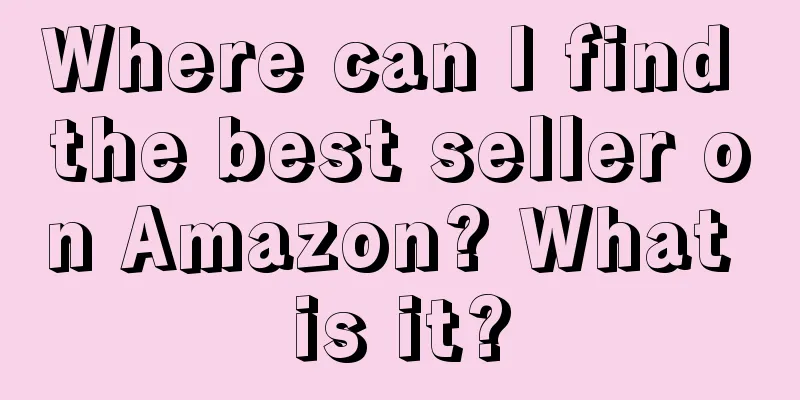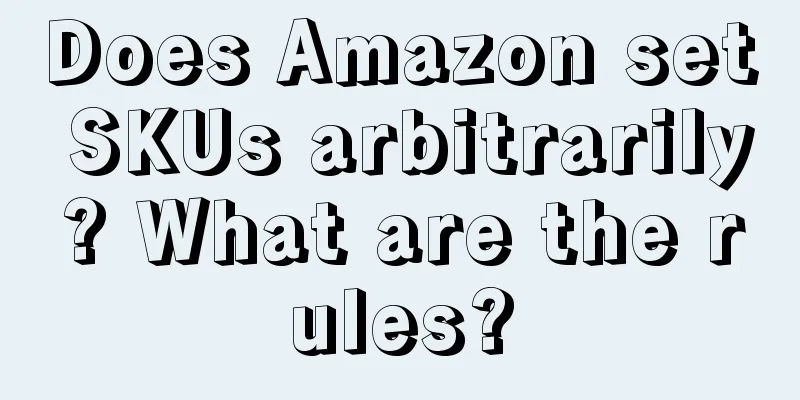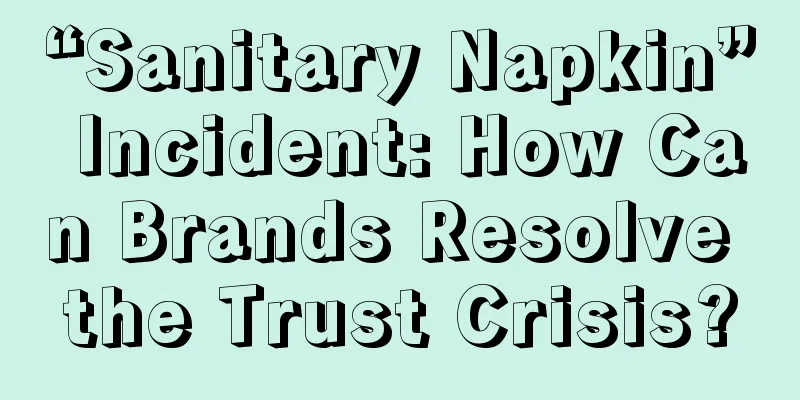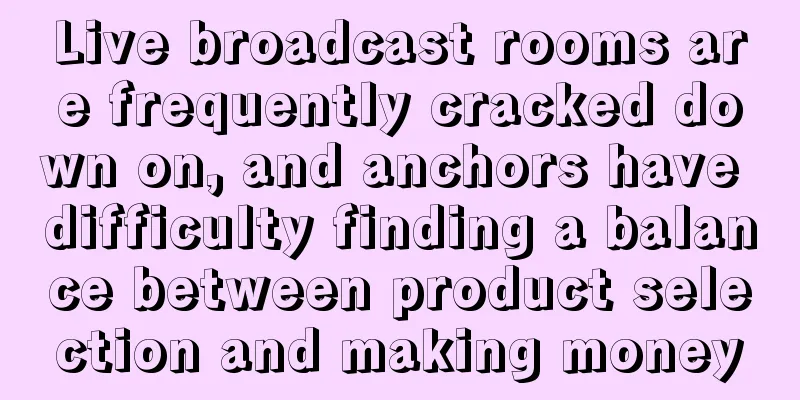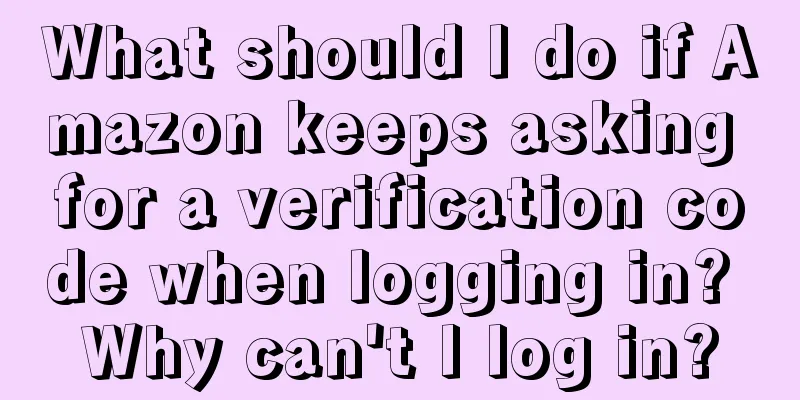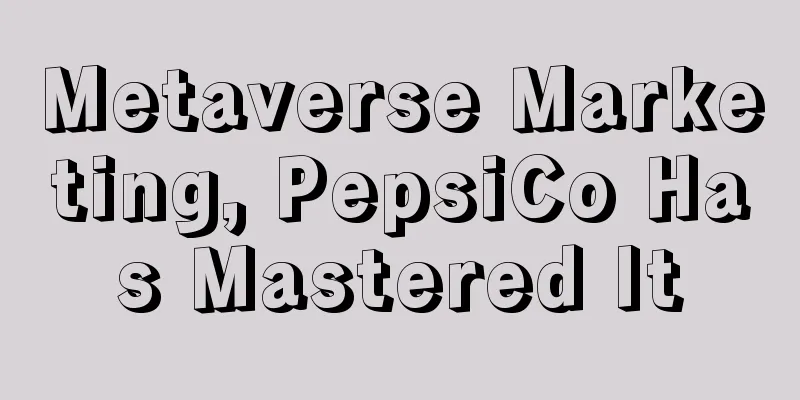What role should copywriters play and what functions should they assume?
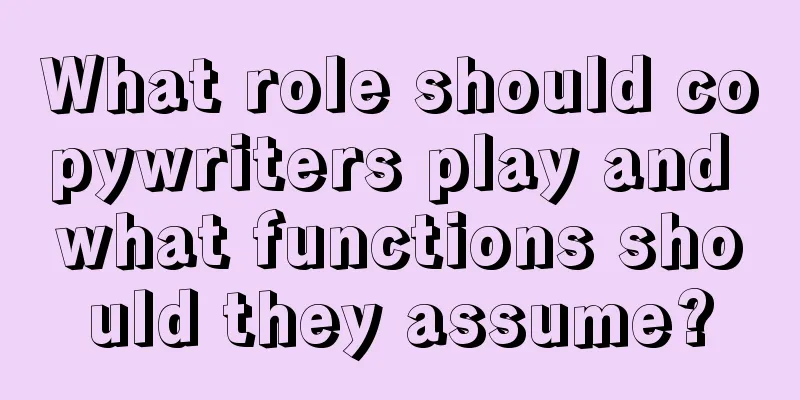
Today, when we talk about copywriting, it is far from the classic copywriting books and collections such as "The copy book", "The God of Copywriting" (Neil French's collection of works), and "The Final Conclusion". Copywriting refers to newspaper advertising, which is writing the titles and text of print advertisements. Among these books, there are many classic long copywriting works, which are often several thousand words long and tell a story. They sell products and impress and infect consumers through vivid stories, rich emotions, clear attitudes and detailed details. If advertising copy like this is directly placed on a product details page or in a long text or image on WeChat, or converted into a short video script for shooting, no one will read it. Of course, it is important to learn the creative techniques of these copywriting, as well as the user insights and strategic thinking behind the copywriting, but it is definitely not okay to copy them directly. Times have changed. The media and business environment have undergone tremendous changes. When copywriters create copy, the specific types and forms of copy are also very different from a hundred years ago. If the "Godfather of Advertising" Ogilvy were to be resurrected, I believe he would still be a master of copywriting today, but he would definitely not write copy for Rolls-Royce and Berkshire Hathaway shirts like he did back then. Things like Xiaohongshu’s recommendation notes, Weibo topics, public account tweets, etc., are all new forms that the copywriting masters of the last century, such as Ogilvy, Hopkins, and Neil French, have never encountered. If you ask me what is copywriting today, I would say that copywriting is the sum of all information presented in text in brand marketing. It covers everything from brand names, slogans, text on product packaging, product manuals, product details pages, brand manuals, print titles and text, TVC narration and subtitles, communication themes, event themes, event topics, Weibo content, WeChat public account tweets, scripts and titles used by short video accounts, soft articles, DM, single pages, posters, web ads, holiday drafts, event text messages, greeting cards, parcel cards, store signs and storefronts, in-store materials, project fences, etc. Wherever text with marketing purposes appears, it falls into the category of copywriting. This is of course too general, but it is not far from reality. Because whether it is an advertising company or a corporate marketing department, copywriters need to write these different types of copy in their actual work. Similarly, two people with the title of "copywriter" can have very different specific work contents in different companies and brands. Since there are so many types of copywriting, it is necessary for us to classify the types of copywriting according to their communication purpose, communication carrier, and form of expression. Different types of copywriting require different methods and different thinking logic when creating. For example, a slogan must convey the core value of the brand, indicate the brand positioning, reflect the brand style and image, and it must be used on all carriers. Therefore, there are many requirements for its creation - it must accurately convey the brand strategy in terms of meaning, not be too specific and must be easy to extend, it must be easy to read and remember in form, and even the font must be beautiful and recognizable. For example, when writing a product tweet, the purpose is to introduce the product to consumers and inspire them to buy. The format can be long pictures and texts. So the requirements are to attract attention, induce layer by layer, and fully demonstrate the product value and usage scenarios. Therefore, it is not required to be catchy, concise, powerful, pleasant to the ear and easy to remember like an advertising slogan. There is also topic design, which is a new subject that the copywriting masters of the last century have never encountered, but it is extremely important in today's media environment. If the topic design is not novel and attractive enough, no one will participate or discuss it, the communication effect will be very limited, and the media costs will be wasted. For example, some time ago, when Xiaomi Auto was officially released, topics such as #Lei Jun said su7 is the best car under 500,000 yuan#, #Can Lei Jun produce a camera#, #Lei Jun Thor#, #Lei Jun said Xiaomi hates brand premium the most#, #Xiaomi Auto received 100 million yuan in deposits in one night#, #Luo Yonghao said Xiaomi Auto is likely to play the game of good money driving out bad money#, #Xiaomi Auto sales said he gets off work at 2 a.m. and goes back to work at 7 a.m.#, #Xiaomi Auto received 88,898 orders in 24 hours after its launch#, and #Lei Jun said he was forced to make cars# appeared on Weibo, which amplified the communication effect of Xiaomi Auto and enhanced its brand value. Good topic design needs to have newsworthiness, label reinforcement, emotional implantation, and replicable participation methods. This is social copywriting, and it has a completely different way of creation. Slogans, newspaper ads, topic design, product tweets, these are not the same type of copywriting, and of course the writing methods are different. We must first know the different types of copywriting, understand why it is written? (Communication goals), who is it written for? (Target audience), what is written (information transmission)?, where is it placed? (Communication carrier), so that we can know how to write? (Creation method) Specifically, I divide copywriting into four types: top-level copywriting, creative copywriting, social copywriting, and product copywriting. 1. Top-level copywritingThis is a strategic copywriting that can define the brand and market (market segments, category and competitive product anchoring, target population, product value, consumption scenarios), which is part of the top-level design of the brand. Generally speaking, brand names (including brand names, product names, store names, APP names, etc.), slogans (appeals), brand core values, brand mission, vision and values, brand positioning, brand stories, and brand declarations all belong to this type of copywriting, which is mainly in the form of keywords and sentences. I call this type of copywriting "brand hypertext." 2. Creative copywritingThis is a copywriting with strong creativity, and is also a copywriting with literary qualities that people usually understand. They are self-contained and appealing, and they touch people's hearts directly, winning the resonance and recognition of consumers. Poster copy (including title and content), TVC & micro-film & viral video scripts, and text on various major communication materials all belong to this category, and their forms are mainly sentences and paragraphs. 3. Social copywritingThis is interactive copywriting, which brings its own topics and traffic, can win user discussion and participation, and help the brand spread its influence on social media and social culture. Specifically, there are campaign communication themes, promotion activity theme design, event marketing and social media topic design such as Weibo and Douyin, public relations topic system design, brand IP design, etc. Its purpose is to guide user participation and social diffusion through copywriting. The main form of expression of this type of copywriting is phrases and short sentences. 4. Product copywritingThis is effective copywriting, which will be specific to the introduction of a certain product, including product functions, quality, experience, endorsement, usage scenarios and methods of use, etc. Sometimes it will also include promotional activities and sales policies, etc. The goal of this type of copywriting is to directly promote sales and sell goods. Product copywriting includes product details page, product manual, grass-roots notes, public account tweets, circle of friends copywriting, product short video story scripts and titles, etc. The sum of these four types of copywriting is the complete understanding of copywriting. Don’t just think of copywriting as writing advertising slogans, writing newspaper advertisements, writing scripts, or writing articles and tweets to sell products. Of course, these different types of copywriting account for different proportions in corporate marketing. According to my intuitive understanding, top copywriting accounts for about 5%, social copywriting 10%, creative copywriting 25%, and product copywriting 60%. A small number does not mean it is unimportant, but it may be more indispensable. These four types of copywriting represent the four functions of copywriting: hitting, infecting, detonating, and bringing goods. First, how can a copywriter accurately define a brand? The copywriter should anchor the market segment and competing products, lock in the target group, and convey the correct product and brand information to them. Second, how can the copywriting touch the user's heart? The copywriting must have the power to penetrate the heartstrings. Third, how can a copywriting trigger a social trend? A copywriting should create topics, generate social attention, grab the public’s attention, and leverage social and cultural forces. Fourth, how does copywriting achieve sales conversion? Copywriting should stimulate users' willingness to buy and promote their behavior. Based on the four major types and functions of copywriting, there are four roles that copywriters should really play: brand commander, soul catcher, social activist, and paper salesman. First of all, the copywriter is a brand commander who is responsible for defining the basic structure and top-level design of the brand. Because the main form of the various elements of a brand is text, such as brand slogans, mission and vision, which are all one sentence, brand core values, brand values, and brand tone are usually a few words, and brand declarations and brand stories are a paragraph. These copywriting forms are brand hypertext. Of course, being able to write this kind of copy requires a solid strategic foundation and understanding of the market, and it is not necessarily something that grassroots copywriters can write. Secondly, the copywriter is also a soul catcher. His essential job is to study consumers, gain insight into consumers, delve into people's inner world, and write about their loves and fears, their dreams and anxieties. Through words that have the power to move people, we can influence and infect people, win their recognition and resonance, and change their concepts, attitudes and behaviors. In addition, a copywriter should also be a social activist. I always think that copywriting should not be limited to copywriting, and it is not just a sentence. The copywriter should guide the direction and trend of brand communication, create topics for the brand, label the target group, form communication memes, trigger people's discussion, participation and imitation, stimulate greater social diffusion, and turn brand communication into a public event and a hot social issue; Moreover, the copywriter must be able to guide the implementation of the entire campaign and provide guidance for other actions in the communication, such as activities, material design, user operations, and seeding content, so that the copywriter can better play its role. Finally, a copywriter ultimately has to become a paper salesman. More than 100 years ago, John Kennedy gave a classic definition of "advertising" - "paper salesmanship". Advertising copywriting is paper salesmanship, so copywriters are paper salesmen. They use their own copywriting to stimulate consumer demand, drive people to have a willingness and desire to buy, and generate direct purchasing behavior. Copywriters must study how to stimulate demand and influence decision-making. These are the two most fundamental things in marketing. Brand commander, soul catcher, social activist, paper salesman, this is how I redefine the role of copywriter. This is very important because in the past, what role did copywriters usually play in a company? In one sentence, they received the lowest salary in the company and did the most inexplicable work. This is because copywriting is a position with no threshold. To be a designer, you need to have a solid foundation in art and be able to use various design software such as PS and AI; to be a planner, you need to be proficient in various brand theories and marketing theories, and also understand market data. However, copywriting seems to be something that can be done as long as you have received nine years of compulsory education. Who can’t write? And everyone in the company can comment on your copywriting work, whether it’s the boss’s cousin or the company’s cleaning lady. On the other hand, in many companies, any work related to text is a copywriter's job. Therefore, many copywriters, in addition to being responsible for their own copywriting, often have to make work plans, write meeting minutes, make weekly and monthly reports, and write speeches for leaders in meetings, etc. I still remember that when I first entered the advertising industry, I was the copywriter, planner, and AE. I had to write copy, write proposals, give myself briefs, and draw my own layouts. For a while, I was sent abroad with designers and art directors to work at client companies, and I had to keep accounts for all the expenses of the outbound assignments. As a result, copywriters became secretaries, and copywriting became official document writing. This is because in the past, we put all the work involving words in brand marketing on copywriters. Not only the words in the materials used for marketing communication, but also the document processing work in daily work. So it seems that copywriters have become low-level chores. I believe that many people who work in copywriting can relate to this. In fact, these are not the roles that copywriters should play. Only by systematically understanding the types and functions of copywriting, clarifying the value and significance of copywriting, and clarifying the true role of copywriters, can copywriters regain their confidence and pride and find the essence of copywriting. In particular, only when we understand the types and functions of copywriting can we know how to learn copywriting. Copywriting is a system, so learning copywriting also requires a system. |
<<: People in big companies have side jobs, and the end is to leave the blogger?
>>: 10,000 words to explain the private domain KOC system and change the whole domain operation idea
Recommend
How to ask for money if Amazon account is frozen? How to appeal?
Sellers can open Amazon stores to sell goods and m...
Don’t fall into the “self-employment trap” unless you have these 6 abilities
In today's era full of opportunities and chall...
How to collect payment in Wish's no-source model? What are the models?
Now many friends will choose to do no-source busin...
WeChat has a major revision! The "momo army" has landed in the public account comment area, and the video account link rules have been tightened
This article first introduces the new actions of W...
What does independent station operation involve? What needs to be done?
In the cross-border e-commerce industry, there is ...
Guanxia, a domestic niche fragrance brand, has a repurchase rate of up to 60%. How does it achieve annual revenue of over 100 million yuan solely through private domains?
A small domestic fragrance brand stands out in the...
WeChat has updated several new features for video accounts!
WeChat iOS version 8.0.47 was officially released,...
Tea and coffee shops are eyeing young people’s breakfast
Milk tea and coffee are the "life-saving reme...
What causes low Amazon product ratings? How to avoid them?
On the Amazon platform, there are many products wh...
Which Shopee accounts are repeatedly registered? How to appeal?
Every seller has a different opinion on the Shopee...
List of cross-border payment institutions
If domestic buyers want to buy things on cross-bor...
How to remove promotional products from Shopee? How to check the listing status?
For Shopee merchants, they must pay attention to t...
Wangjiawei, SK Rabbit, King Cat...30 brands use New Year's hot products to get a head start in 2023!
Adding effective images to products is a common id...
What does a cross-border third-party payment platform mean? What are its advantages?
There are many payment methods that can be support...
There is still half a month left until May Day, and migrant workers have already flooded the tourism industry?
There is still half a month left before the May Da...
